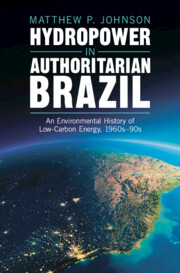Biodiversity conservation is increasingly expected to reduce poverty where the two coincide. Yet conservation and poverty are multifaceted concepts and the linkages between them are complex and variable; whether and how conservation contributes to poverty reduction in practice will depend on the specific nature of those linkages. To unravel this complexity we explored the portfolio of Fauna & Flora International, an international conservation organization operating in some of the poorest countries and regions. We examined reports from 88 projects and categorized the rationales, approaches and outcomes of a sample of 34 livelihoods-focused projects. Rationales varied among and within projects and included apparent ‘win-win’ scenarios (reducing poverty improves conservation outcomes), trade-offs (conservation action hurts the poor or poverty reduction damages biodiversity), and situations where livelihoods interventions were not directly linked to conservation gains. Projects revealed a balance of direct (income, food security, health) and indirect (capacity building, reduced vulnerability, governance, empowerment) livelihood goals. Overall, empowerment, security and social network development were more significant short-term outcomes than income generation. Social responsibility was widely embedded but does not necessarily translate into a positive impact on poverty. Conservation organizations have the potential to improve the lives of the poor in many places where they operate, and arguably a duty to ensure that conservation does not make poor people worse off. Yet it is important to be clear about the reasons for engaging and the scope and scale of likely outcomes.


